One nice thing about the rescue center is its location on country parkland. This location means there is an abundance of different wildlife species all around us. In the early Spring we hear a resounding chorus of spring peepers, a heartening sound which indicates that the wetlands close to our center are healthy and clean.
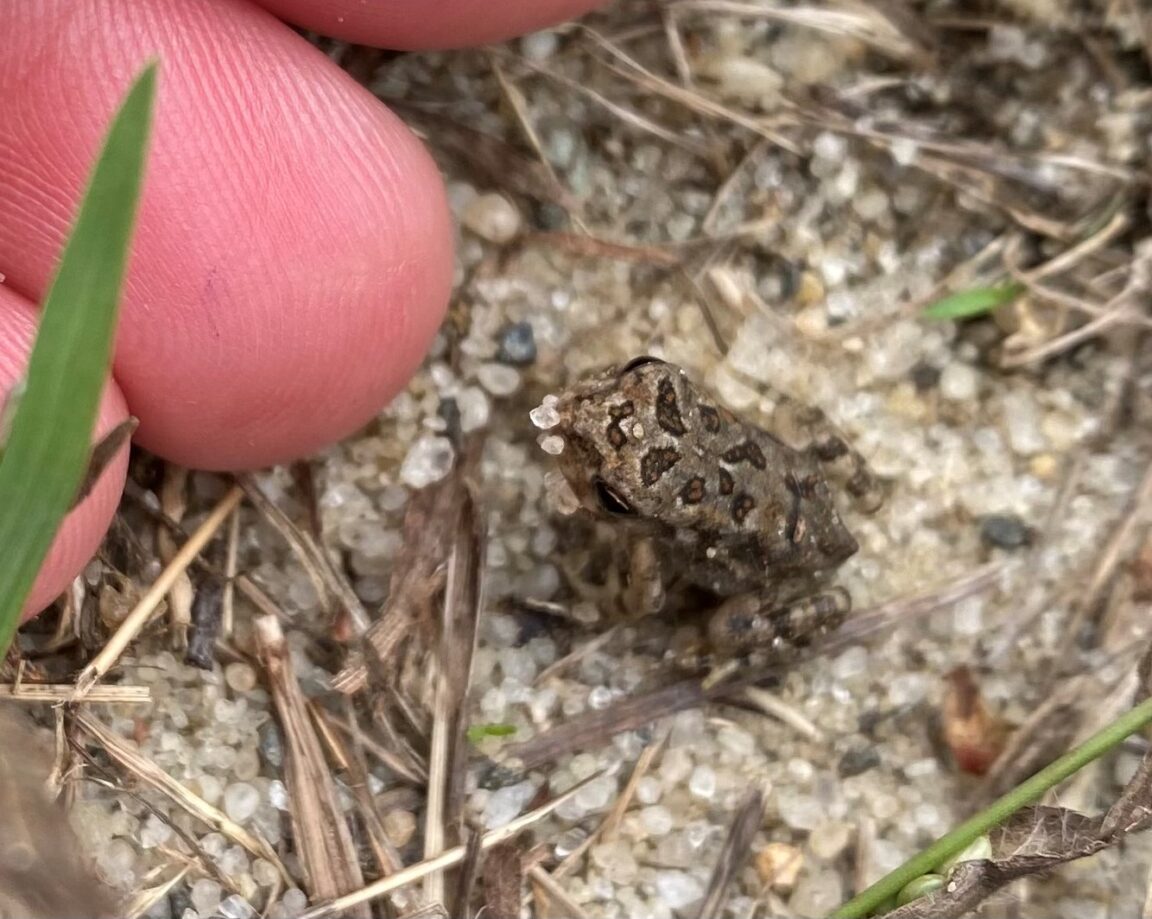
In Spring of last year, the peeper chorus heralded the arrival of a nesting pair of great horned owls that took up residence in a tall pine tree in front of our center. One month later, the hatching of two owlets was a source of great excitement for our staff and volunteers as we watched the two young birds grow and eventually fledge.
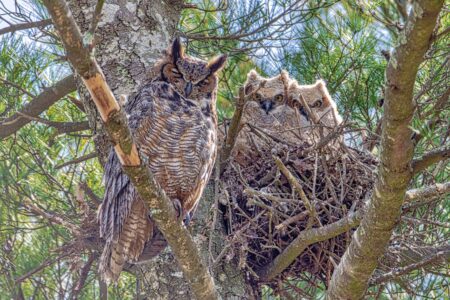
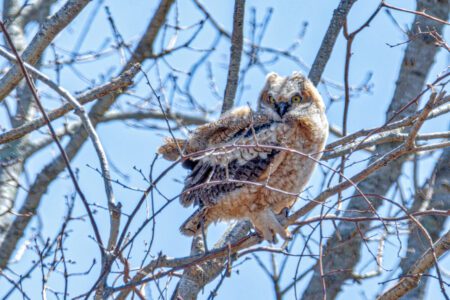
Throughout the Summer, other wild visitors would happen by, such as an eastern box turtle that decided to sun himself on our front walkway and wild turkeys raising their young and congregating at the edge of the woods behind our buildings. In the fall, our orphaned deer were soft released and gradually moved further away from our buildings until they were only occasionally spotted by our staff.
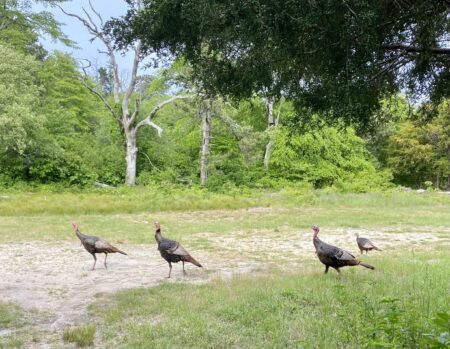
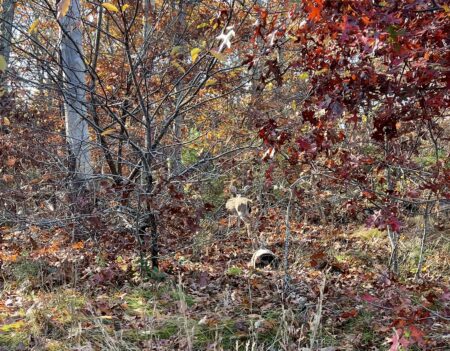
Even in the winter months, walking the path through the woods behind our center means discovering more neighbors such as a squirrel nestled snugly in the hole in a tree.
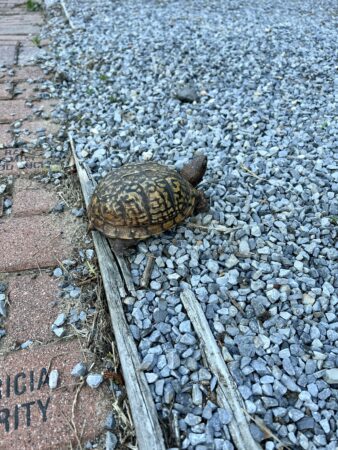
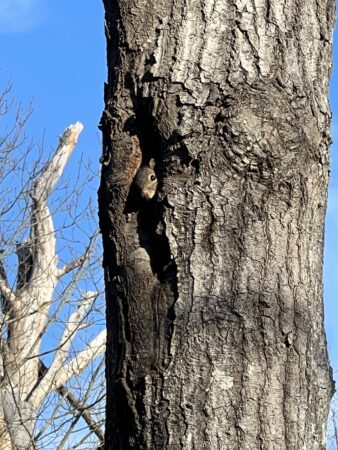
And last but definitely not least, we can remember that trees, even dead trees, are homes for many creatures and be extra mindful of this if pruning or removing them. The best time to remove trees is in the early winter months when nesting season is over but, even then, they should be carefully checked for animals before the first cut is made. At the center we enjoy our wild neighbors and hope to see them again, healthy and free, as the seasons change.
